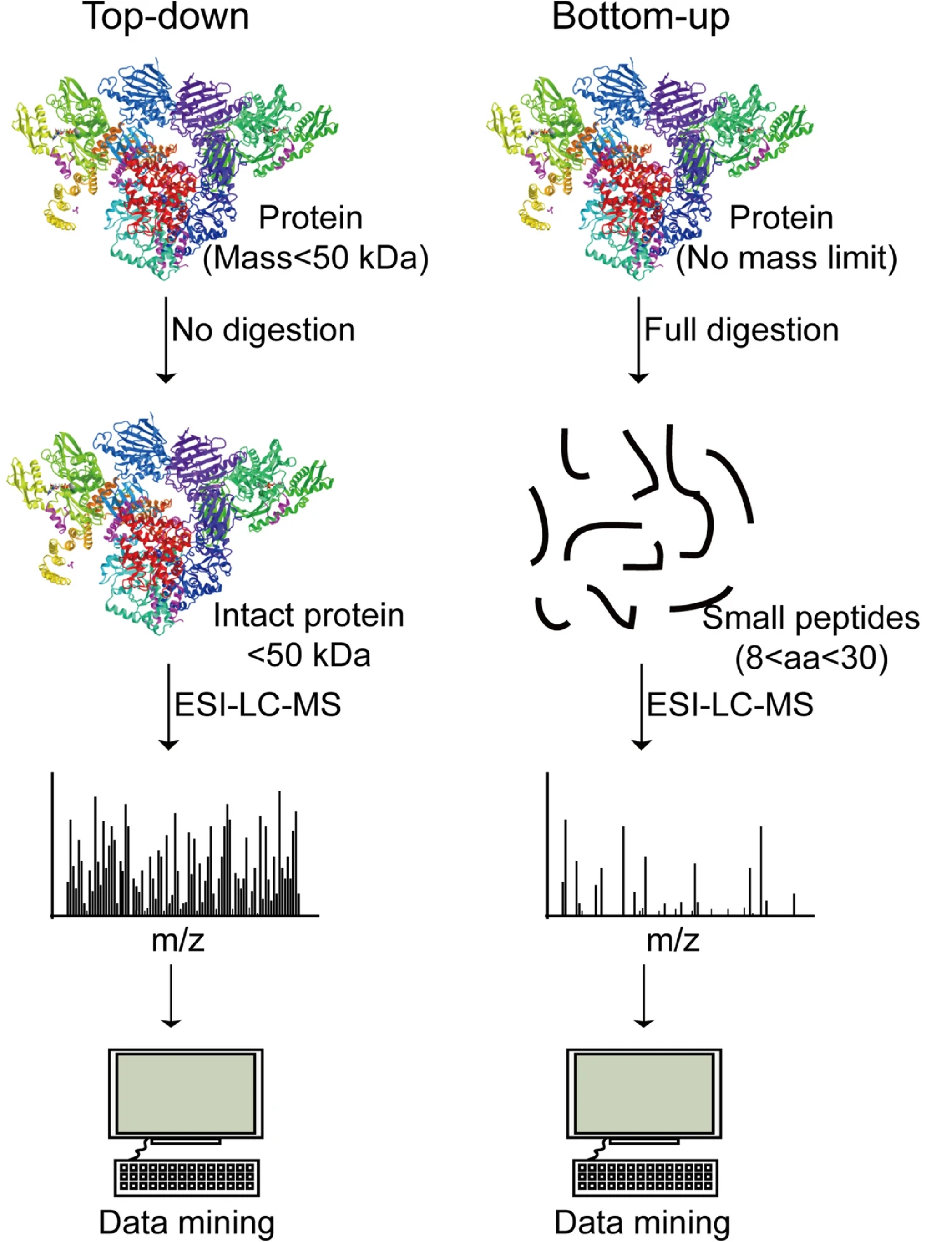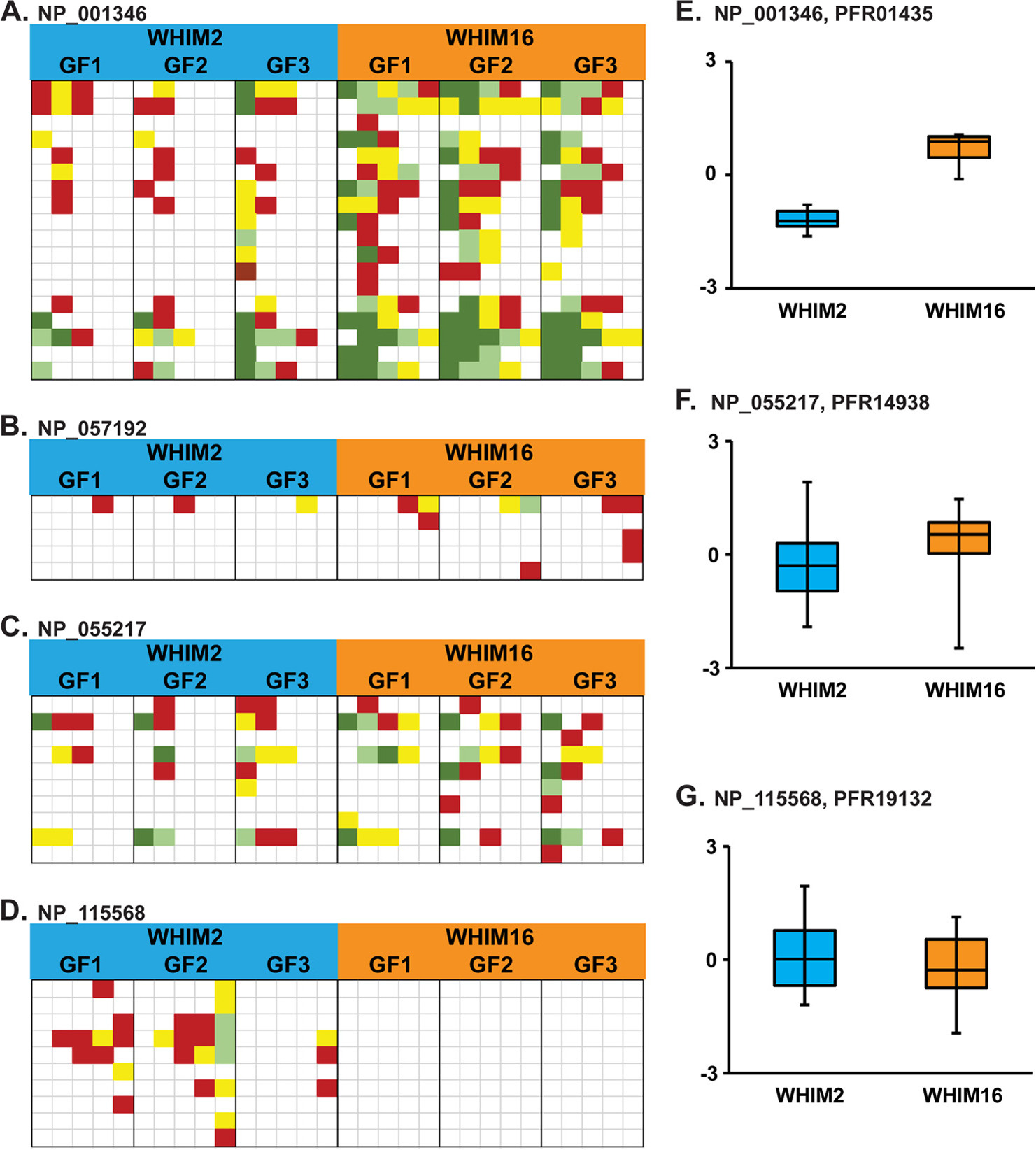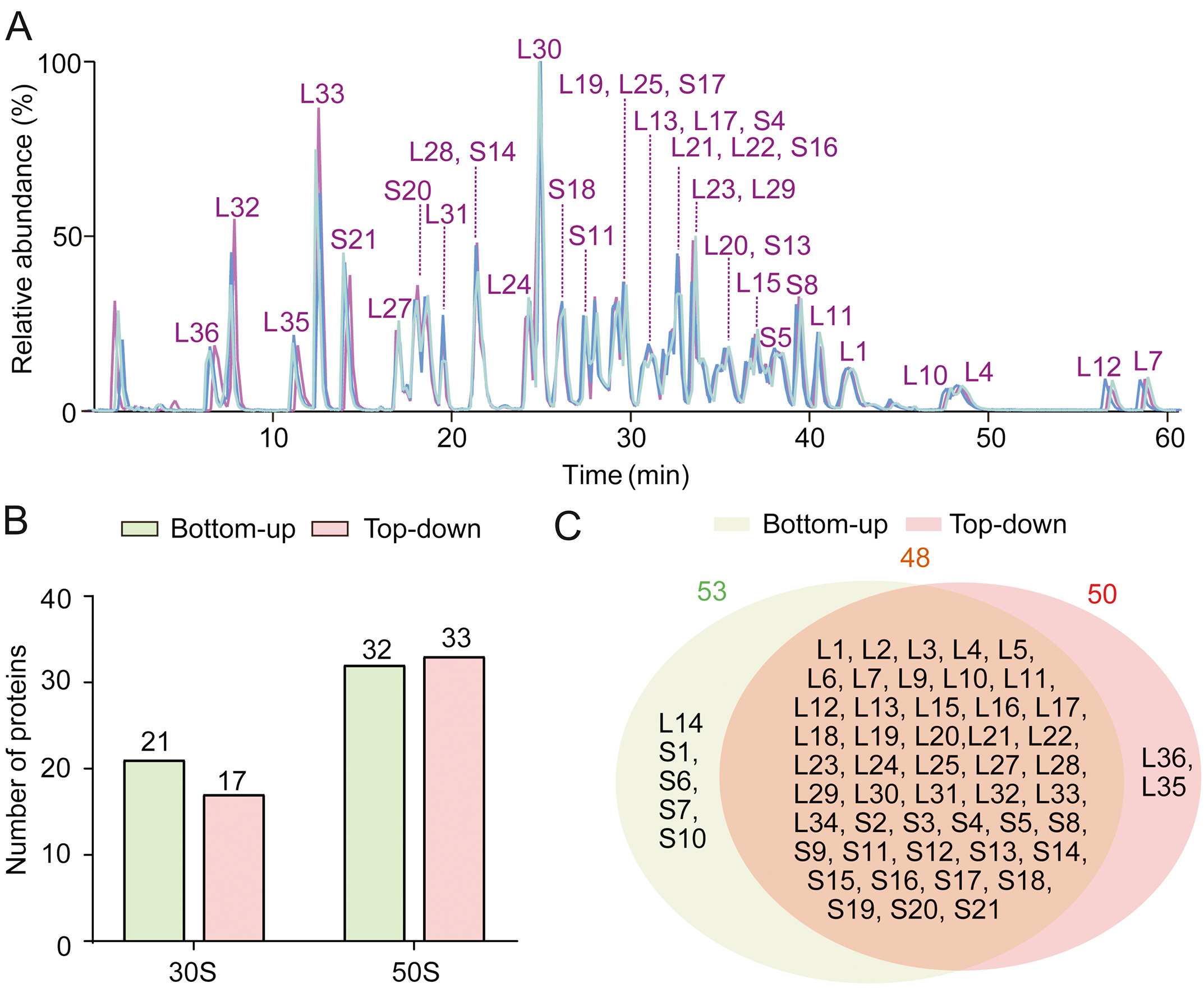Top Down and Bottom Up Proteomics Service
- Advanced Analysis Platform: MtoZ Biolabs established advanced Top Down and Bottom Up proteomics analysis platform, guaranteeing reliable, fast, and highly accurate analysis service.
- Comprehensiveness: Integration of both intact protein and peptide fragment analysis to meet proteomics research needs from global structural to fine-tuned modification studies.
- High-Data-Quality: Deep data coverage with strict data quality control. AI-powered bioinformatics platform integrate all proteomics analysis data, providing clients with a comprehensive data report.
- Broad Sample Compatibility: Our platform accommodates various biological samples—from purified proteins to complex matrices like cell lysates, tissues, and bodily fluids—to meet diverse research needs.
- Tailored Solutions: Customized experimental designs based on specific research goals, including structural analysis, modification studies, or biomarker discovery.
- One-Time-Charge: Our pricing is transparent, no hidden fees or additional costs.
- Drug Discovery: Characterization of target protein structures and modifications, optimizing candidate molecule designs.
- Disease Research: Identification of disease biomarkers, studying pathophysiological mechanisms.
- Post-Translational Modification Analysis: Investigating the types and biological functions of protein post-translational modifications.
- Protein-Protein Interactions: Studying protein complex structures and their dynamic changes.
Top Down and Bottom Up proteomics are two fundamental mass spectrometry-based techniques in proteomics, each revealing different aspects of protein structure and function through the analysis of intact proteins and enzymatically digested peptide fragments, respectively. Top Down proteomics directly analyzes intact protein molecules, bypassing the enzymatic digestion process. It is especially useful for studying post-translational modifications, isoforms, and global structural information, particularly for proteins smaller than 50 kDa. Bottom Up proteomics, conversely, involves the enzymatic digestion of proteins into smaller peptide fragments (typically 8-30 amino acids), enabling high-throughput identification of numerous proteins in complex biological samples.
These methods are complementary: Top Down emphasizes structural integrity and detailed analysis, while Bottom Up excels in high throughput and sensitivity. Together, they have broad applications in drug discovery, disease research, post-translational modification analysis, and protein-protein interaction studies. By combining mass spectrometry data with database searching, researchers can obtain precise protein information and further investigate its biological relevance.

Sun, M. W. et al. Cell Biosci. 2022.
Figure 1. The Principles of Top Down and Bottom Up Proteomics
MtoZ Biolabs offers high-quality Top Down and Bottom Up Proteomics Service utilizing advanced mass spectrometry technologies and multi-dimensional separation techniques to meet clients' specific needs. Our team of experts is dedicated to customizing analysis plans, providing precise insights into protein structure and function, and supporting scientific breakthroughs and biopharmaceutical innovation.
Analysis Workflow
MtoZ Biolabs’ Top Down and Bottom Up Proteomics Service combine the strengths of both techniques, ensuring comprehensive proteomics analysis through a unified workflow:
1. Sample Preparation
We accept protein extracts, tissue samples, or other biological materials, which undergo purification and processing before entering the analysis pipeline. Intact protein samples are prepared to meet the requirements for Top Down analysis, while complex proteomes undergo enzymatic digestion for Bottom Up analysis.
2. Separation and Enrichment
Multi-dimensional separation techniques, such as liquid chromatography or electrophoresis, are used to isolate proteins or peptides, enhancing detection efficiency in complex samples.
3. Mass Spectrometry Analysis
High-resolution mass spectrometers (e.g., Orbitrap or FTICR MS) are employed for in-depth analysis of the samples, generating mass spectrometry data for both intact proteins and peptide fragments.
4. Data Analysis
Mass spectrometry data is thoroughly analyzed to identify protein sequences, modifications, isoforms, and changes in abundance through database searches (e.g., Uniprot).
Service Advantages
MtoZ Biolabs’ Top Down and Bottom Up Proteomics Service offer significant advantages, including:
Applications
Our Top Down and Bottom Up Proteomics Service is applicable across a wide range of scientific research and industrial development sectors, including but not limited to:
Case Study
Case 1: Application of Top Down and Bottom Up Proteomics in a Breast Tumor Xenograft Model
In this study, Top Down and Bottom Up proteomics techniques were integrated to analyze the proteomic features of patient-derived breast tumor xenograft (PDX) models. Bottom Up proteomics successfully identified thousands of protein components, while Top Down proteomics provided direct analysis of small proteins, addressing the "peptide-to-protein" inference issue typically encountered in Bottom Up methods. The complementary use of these two approaches enabled a comprehensive characterization of protein variations and their relationship with tumor biology, demonstrating the significant potential of Top Down and Bottom Up Proteomics Service in cancer research.

Ntai, I. Mol. Cell Proteomics. 2016.
Case 2: Application of Top Down and Bottom Up Proteomics in Ribosomal Protein Heterogeneity Analysis
This study combined Top Down and Bottom Up proteomics to investigate the heterogeneity of endogenous ribosomal proteins. The integrated approach allowed for a comprehensive characterization of both sequence variations and post-translational modifications of ribosomal proteins, revealing their complex roles in cellular functions. This case highlights the advantages of Top Down and Bottom Up Proteomics in high-resolution protein analysis, particularly in studies of protein heterogeneity and complex biological samples. Through this combined approach, a more complete picture of the ribosomal protein landscape was obtained, showcasing the power of these techniques in dissecting intricate biological processes.

Zhang, Y. et al. J. Pharm. Anal. 2023.
Through the integration of Top Down and Bottom Up proteomics technologies, MtoZ Biolabs offers precise and comprehensive proteomics solutions. Whether the focus is on protein structure and function or uncovering disease mechanisms and biomarkers, our Top Down and Bottom Up Proteomics Service help deliver high-quality experimental data and valuable biological insights. Contact us for a free consultation, and let our expert team assist you in obtaining meaningful results for your research.
FAQ
Q1: What kind of samples are required for the service?
For Top Down analysis, protein samples with greater than 95% purity and molecular weights under 50 kDa are typically required, with a recommended sample amount of 1-10 μg. For Bottom Up analysis, a broader range of sample types is accepted, including tissue extracts, cell lysates, or other complex biological samples, with a recommended protein total amount of 20-50 μg. Our expert team will assess the samples and apply strict quality control throughout the preparation process to ensure reliable and reproducible results.
Q2: What are the differences in sensitivity and resolution between Top Down and Bottom Up proteomics?
The Top Down method offers high-resolution structural insights while preserving the integrity of intact proteins, but its sensitivity may be constrained by the size and complexity of the protein. Bottom Up analysis, conversely, achieves higher sensitivity by analyzing peptide fragments, which is particularly useful for detecting low-abundance proteins. MtoZ Biolabs uses advanced mass spectrometry platforms, such as Orbitrap, Q-TOF, and FTICR MS, to ensure high-resolution data and reliable results in both Top Down and Bottom Up Proteomics Service.
What Could be Included in the Report?
1. Comprehensive Experimental Details
2. Materials, Instruments, and Methods
3. Total Ion Chromatogram & Quality Control Assessment
4. Data Analysis, Preprocessing, and Estimation
5. Bioinformatics Analysis
6. Raw Data Files
How to order?







